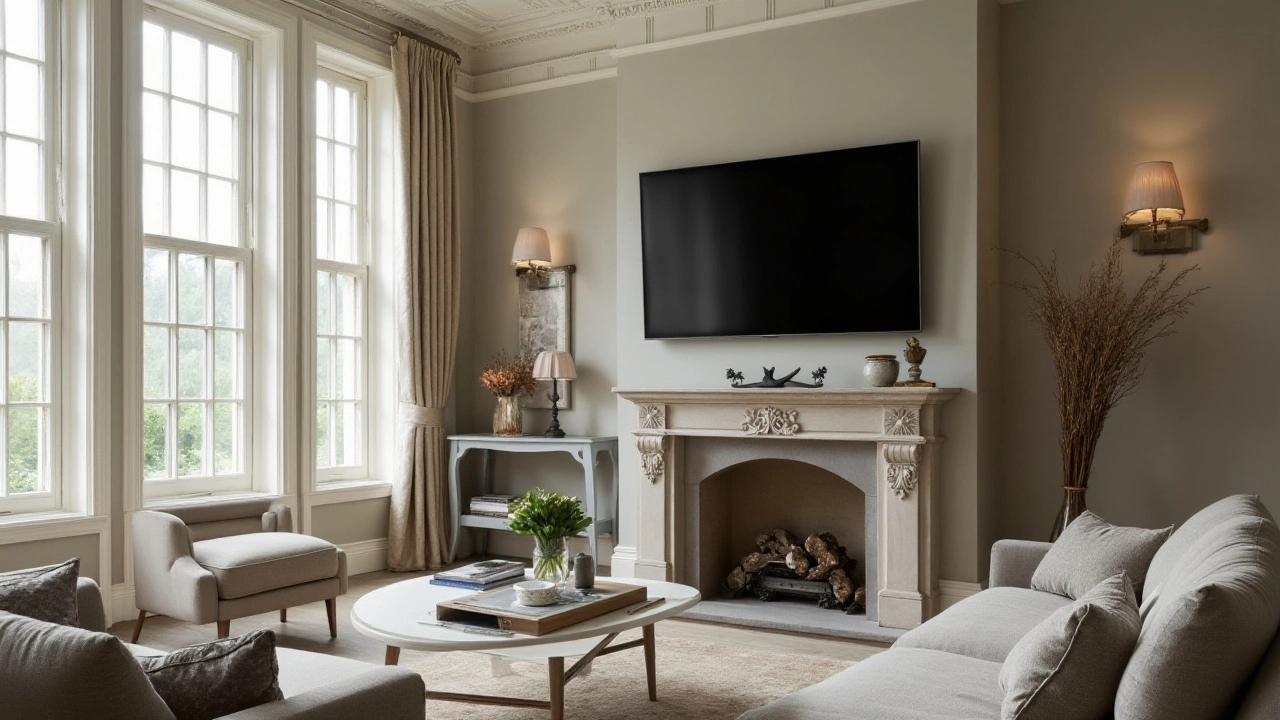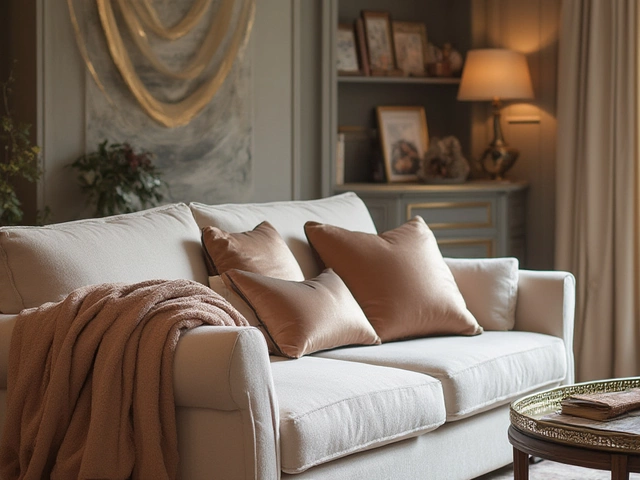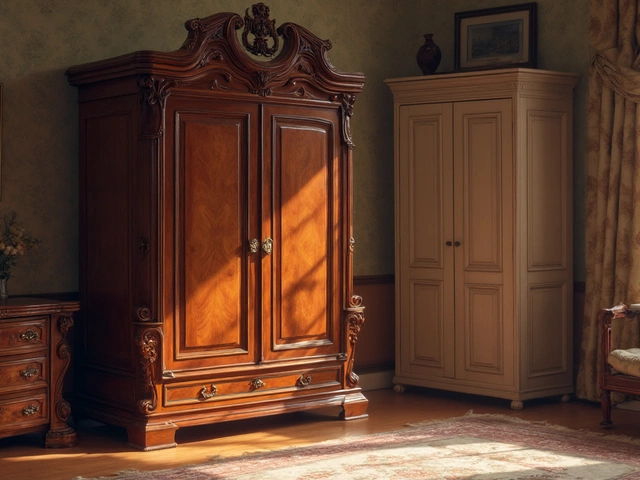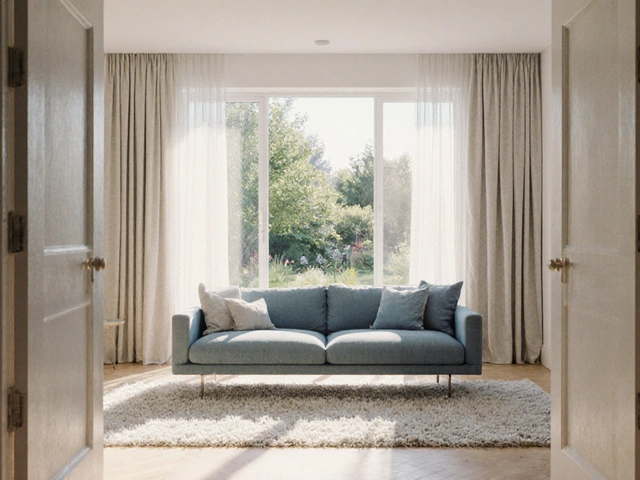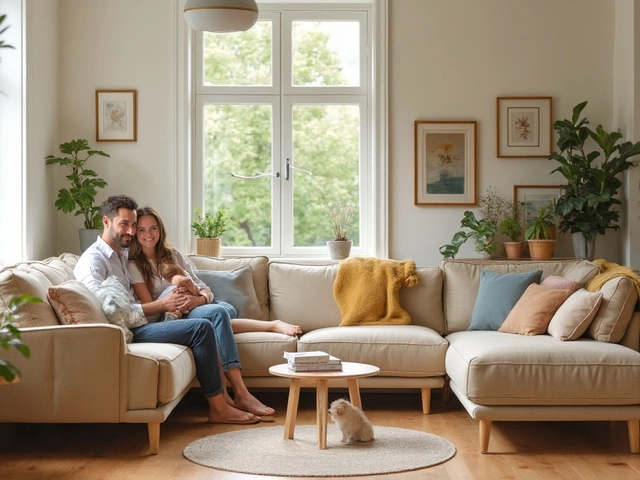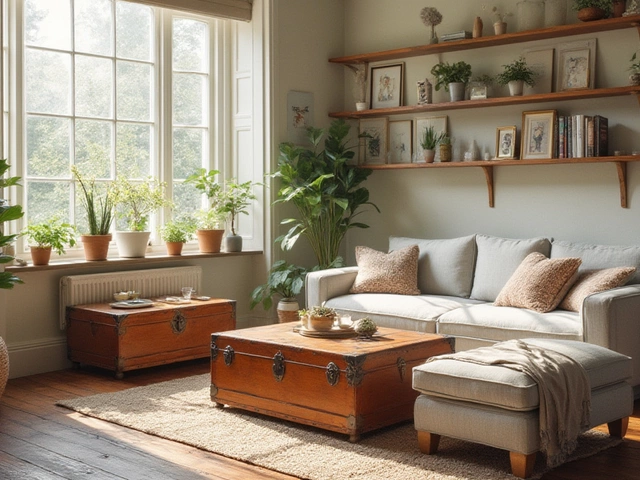Deciding how to set up your television can influence both the style and comfort of your home environment. With options like wall mounting or setting it atop a stand, it’s important to consider what suits your lifestyle and space best.
Wall-mounted TVs often transform a living area with a touch of modern minimalist charm. They don’t only save floor space, but they can also make a room feel larger and less cluttered. However, installing one requires some foresight and planning to ensure safe anchoring and hidden cables.
On the flip side, a TV stand offers versatility. It can accommodate different television sizes without the need for drilling into walls, and many stands also come with shelves or cabinets. These provide valuable storage solutions for media devices and accessories. Choosing the best setup involves considering not just the look, but practical aspects like accessibility and safety.
- Visual Appeal and Aesthetics
- Space Optimization
- Ease of Installation and Maintenance
- Cable Management and Equipment Accessibility
- Safety and Flexibility
Visual Appeal and Aesthetics
When it comes to choosing between a TV wall mount and a TV stand, aesthetics play a crucial role in shaping the ambience of your home. Wall-mounted TVs have epitomized modern elegance, bringing a sleek and clutter-free look to many living spaces. They are often seen as part of a ‘floating’ arrangement that gives the room a touch of futuristic design, removing the need for bulky furniture. This option allows homeowners to integrate their television sets into the wall, almost like a living piece of artwork, contributing to a dynamic and ever-changing wall display. Design enthusiasts often rave about how wall-mounted TVs complement contemporary styles, aligning seamlessly with minimalist interiors.
In contrast, TV stands serve as reliable and versatile furniture pieces that can harmonize with both traditional and modern settings. Beyond being just a platform for your television, they offer a canvas for showcasing personal style through decorative items, books, or other media components. Stands provide a broader palette of materials and finishes—from rustic wood to polished glass or metal—which can either contrast or complement the TV for added visual interest. The ability to easily swap out these elements offers a level of personalization that wall mounts simply cannot.
All this choice boils down to personal taste. As interior designer Jane McAllister says,
"Your TV setup should reflect your style and daily needs. Whether you prefer the clean lines of wall-mounting or the classic charm of a stand, it should fit into your home's story."This quote encapsulates the subjective nature of the issue: what fits one person’s aesthetic idea might not fit another’s. More than just function, the aesthetics of your TV setup can inspire comfort and artistry in your home environment. Every time you sit down to catch up on your favorite series, with a strategically mounted TV or a carefully picked stand, you engage with your space meaningfully. After all, while technological features are essential, the way our electronic devices integrate visually into our living spaces defines how we feel about them daily.
This decision on TV mounting might also consider the colour palette and textures of your walls and furniture. The often cold presence of technology can be softened with the appropriate choice—an opportunity to transform the functional into the fabulous. Some enthusiasts even go further to incorporate ambient backlighting behind wall-mounted TVs, which not only enhances the viewing experience but also adds theatricality to the room.Home entertainment setups are more than just their visual appeal; they are an extension of our sanctuary, offering delight and practicality each time we engage with them. Considering this, take your time to visualize which setup resonates with your lifestyle, and opt for what not only looks good but feels right.
Space Optimization
Optimizing space is a crucial consideration when designing a comfortable and functional home interior, especially with regard to your entertainment setup. Wall-mounted TVs have gained popularity for their ability to free up floor area, allowing for more movement or room for other furniture pieces. This approach often leads to a cleaner and more spacious ambiance, as the TV is securely affixed to the wall, creating an uninterrupted floor layout. This setup can be a game-changer in small living areas, like apartments or smaller homes, where every square inch counts.
A key benefit of wall mounting is its ability to contribute to an open-concept design, where living spaces flow seamlessly without the barriers that bulky furniture might present. This installation method keeps the floor clear, which can be especially useful for homes with kids or pets, reducing the risk of accidents or tipped-over stands. Wall mounting also provides flexibility in terms of height positioning, allowing you to place your TV at the ideal viewing angle, which is an important factor for minimizing neck strain and enhancing the viewing experience.
"With open living spaces becoming the norm, a wall-mounted TV can be the perfect solution to keep the aesthetics of the space intact," says interior designer Jane Foster, a well-regarded expert in modern home designs.
On the other hand, a TV stand can serve as an essential piece for those who require extra storage space. Many stands come equipped with built-in shelves or compartments, providing an organized area to store media players, speakers, and gaming consoles. This ensures that all your entertainment components are unified in one central location, which can simplify use and maintenance. For those who appreciate traditional furniture pieces, a TV stand can complement the room’s decor, adding character and functionality, especially when matched with other furniture items like bookcases or coffee tables.
When considering TV wall mounts and stands, one must also weigh the factor of permanence. Wall-mounting often requires commitment, as it involves drilling holes into your walls and routing cables internally, which can be more demanding if changes in layout or location are desired later. Conversely, TV stands provide the benefit of flexibility, allowing homeowners to easily rearrange according to taste or to accommodate different viewing scenarios, such as hosting a movie night or a football game gathering.
Many modern homes are designed to accommodate wall-mounted TVs, with builders pre-installing reinforced backing or hidden cable management systems to support such setups. This trend underscores an architectural shift toward open spaces equipped with technologies that seamlessly blend with the home's design aesthetics. For those building or renovating, consulting with a builder or architect to integrate these features during construction can offer significant future savings on installation costs.
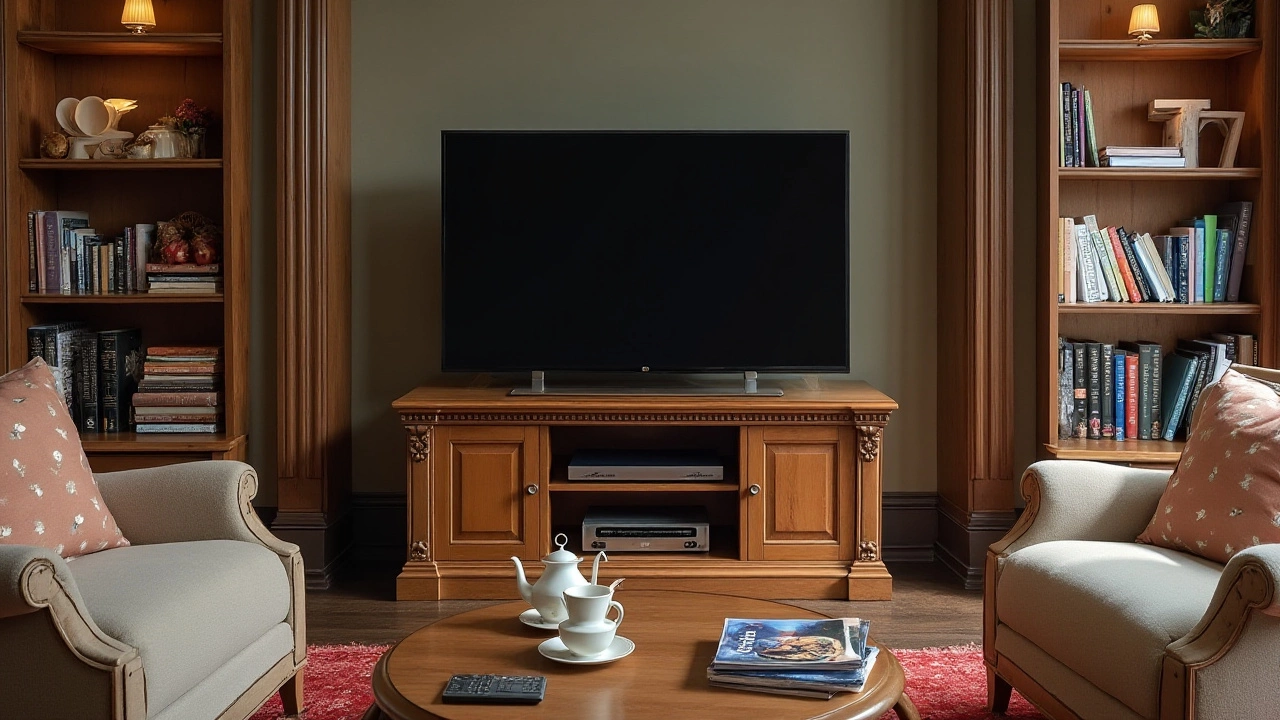
Ease of Installation and Maintenance
When deciding whether to mount your television on the wall or place it on a stand, the ease of installation and maintenance plays a crucial role. Installing a TV wall mount can sometimes feel like a daunting task, especially if you lack experience with tools and heavy lifting. This process typically involves finding adequate wall studs, using a level to mark drill holes, and ensuring the mount is securely attached. It's important to choose strong and durable hardware to prevent any mishaps. With TVs becoming bigger and heavier, the risks may increase if not properly installed. Many opt to hire professional installers to ensure everything is perfectly done, avoiding potential damages or accidents.
On the contrary, setting up a TV on a TV stand generally requires less effort and expertise. Most TV stands are designed with user-friendliness in mind, meaning that all you typically need is a screwdriver and some patience to piece together the unit. Often, these stands come with adjustable shelves and easy-to-follow instructions, which make the experience more manageable and less time-consuming. If you’re someone who enjoys rearranging furniture often, a TV stand offers that flexibility since it's easier to move around.
Regarding maintenance, a wall-mounted TV may need occasional dusting and some cable tidying, but it frees up floor space, making floor cleaning simpler. However, accessing ports and wires can be cumbersome if you need to change connections frequently. A TV stand, on the other hand, allows easier access to the back of the TV for maintenance and connecting or disconnecting devices. With shelves often integrated into the design, organization becomes straightforward, helping to keep your media area tidy.
"While wall mounting a TV can create a sleek look, it doesn’t allow frequent cable access, which can be a challenge if changes are needed," says Home Living Expert, Lisa Grant.
Deciding which option suits you may depend on your technical comfort level and how often you expect to rearrange connections or furniture. For those who value ease and convenience over aesthetics, a TV stand might be the more favorable choice. However, if saving space and achieving a modern look is essential, a wall-mounted setup could be worth the initial effort. Balancing these considerations is key to creating an efficient and stylish home entertainment system.
Cable Management and Equipment Accessibility
When it comes to setting up TV wall mounts or TV stands, one of the pivotal considerations is how you handle your cables and access different equipment. The importance of neat and effective cable management cannot be overstated, especially since a tangled web of cords can detract from the sleek elegance of any setup. Wall-mounted TVs present a unique challenge in cable management. The cables must ideally run behind the wall to achieve that uncluttered, clean appearance. This might involve professional installation where the wires are tucked away within conduits or channels, ensuring none of the clutter is visible. Alternatively, the cables can be creatively disguised with raceways that match the wall color, blending them into the background.
Ensuring Accessibility
While concealing wires is important, equally critical is maintaining accessibility to various devices. HDMI ports, gaming consoles, and sound systems should all remain within easy reach. For wall-mounted setups, this often means planning the location of other electronic devices carefully, sometimes opting for a nearby entertainment center or shelf that houses all necessary components. It may also entail investing in longer HDMI or power cables, especially in larger spaces.Consideration for TV Stands
In contrast, TV stands offer a more straightforward solution to cable issues. With the TV only slightly elevated off the surface, cords and connections are easily within reach. Many TV stands are designed with cutouts or slots for organizing wires, keeping them tidy and easily accessible. An added benefit is the extra storage space in the stand itself, perfect for additional electronic gadgets, DVDs, or gaming accessories. This can make a significant difference in day-to-day convenience, as you can swap devices in and out without much hassle or a need to reach behind the TV.To illustrate its importance, Steven Moffat, a sound technician with over two decades of experience in the industry, remarked,
"Effective cable management should not only aid the aesthetic of your living room but also ensure seamless functionality of all your connected devices."Deciding between a wall mount or stand setup will ultimately depend on personal preference, budget, and the specific requirements of your equipment. Either choice can be optimized for both tidiness and easy access with a bit of careful planning and the right accessories.
Statistical Insight
To further elaborate, a recent survey by the Consumer Electronics Association highlighted that about 55% of consumers cite easier cable management and equipment accessibility as key reasons for opting for stands over wall mounts. This insight reflects the practical advantage TV stands offer for those who frequently change or modify their entertainment system setup.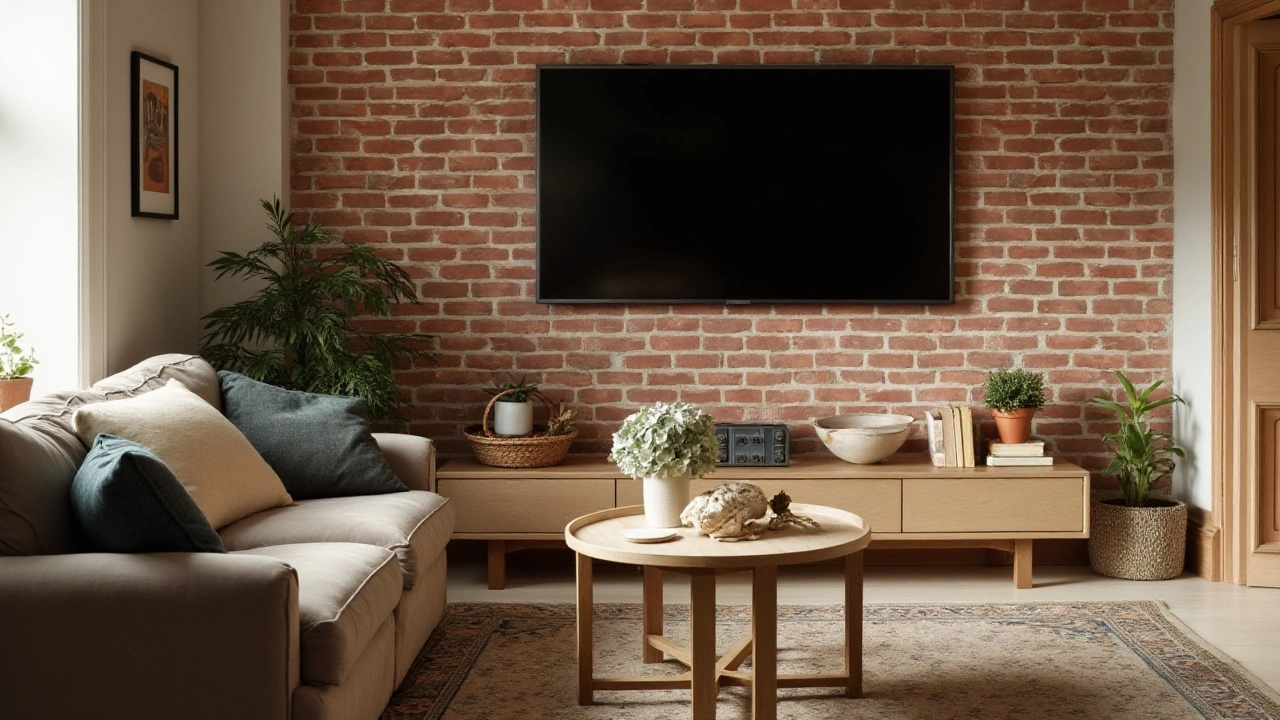
Safety and Flexibility
When setting up your home entertainment area, the consideration of safety and flexibility stands paramount. Televisions, especially the large and heavy varieties, pose risks if not securely mounted or appropriately placed. Opting for a TV stand provides the advantage of maneuverability and ease of repositioning, which is a less permanent solution compared to wall mounts. This flexibility allows homeowners to redecorate or change the layout of their rooms without the commitment of drilling into walls, thus maintaining an element of adaptability.
Utilizing a secure wall mount could potentially save your TV from being toppled over, making it a safer option in households with kids or pets. The stability a TV wall mount provides is unmatched, especially when installed correctly and supported by a strong wall stud. It minimizes the risk of accidents involving tipping and falling, which is a legitimate concern in dynamic households. According to a 2023 report by the Consumer Product Safety Commission, there were over 11,000 injuries in the United States related to furniture tip-overs, highlighting the importance of secure installations.
“Wall-mounted TVs don't just save space; they enhance safety by reducing the risks associated with heavy equipment tipping over,” says interior design expert, Claire Johnson.
An equally crucial part of this setup is considering how easily accessories and equipment can be accessed and serviced. TV stands, especially those with adjustable shelves, offer easy access to cabling and a variety of components like gaming consoles or DVD players, which can be neatly tucked away but remain accessible. On the other hand, wall-mounted televisions often require additional strategic planning to hide cables and incorporate accompanying gadgets. The need for cable management solutions and sometimes complex setups can make wall mounting a more involved process.
In terms of flexibility, this also extends to viewing angles. Many modern wall mounts are equipped with the ability to tilt or swivel, allowing for adjustments in the television's angle, which can enhance the viewer's experience. Similarly, TV stands increasingly offer swivel tops or adjustable heights, accommodating various viewing preferences and seating arrangements. This ability to customize can significantly impact viewer satisfaction and overall ergonomics. An adaptable setup ensures that all household members can enjoy their shows from their preferred seat, maintaining comfort without compromising visual quality.
When choosing between a wall mount and a stand, it is key to evaluate the dynamics of your home. Consider which option aligns best with the lifestyle needs of the occupants. For renters, a TV stand may be preferable due to less potential damage to property, while homeowners may appreciate the permanence and sleekness of a mounted TV. The decision comes down to balancing aesthetic desires with practical considerations, ensuring safety, and maximizing flexibility within the living space.
